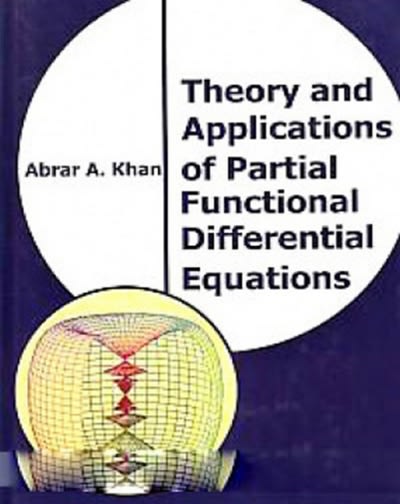Question
Two different simple random samples are drawn from two different populations. The first sample consists of 20 people with 10 having a common attribute. The
Two different simple random samples are drawn from two different populations. The first sample consists of 20 people with 10 having a common attribute. The second sample consists of 1800 people with 1267 of them having the same common attribute. Compare the results from a hypothesis test of p1=p2
(with a 0.01 significance level) and a 99% confidence interval estimate of p1p2.
What are the null and alternative hypotheses for the hypothesis test?
Identify the test statistic.?
(Round to two decimal places as needed.)
Identify the critical value(s) ?
(Round to three decimal places as needed. Use a comma to separate answers as needed.)
What is the conclusion based on the hypothesis test?
The test statistic is ?
in the critical region, so reject the null hypothesis. There is sufficient evidence to conclude that p1p2.
The 95% confidence interval is
(Round to three decimal places as needed.)
What is the conclusion based on the confidence interval?
Since 0 is not included in the interval, it indicates to reject the null hypothesis.
How do the results from the hypothesis test and the confidence interval compare?
The results arethe same different ,since the hypothesis test suggests that p1less than< less than or equals not equals equals= greater than or equals greater than> p2, and the confidence interval suggests that p1 equals= not equals less than or equals greater than or equals greater than> less than< p2.
Step by Step Solution
There are 3 Steps involved in it
Step: 1

Get Instant Access to Expert-Tailored Solutions
See step-by-step solutions with expert insights and AI powered tools for academic success
Step: 2

Step: 3

Ace Your Homework with AI
Get the answers you need in no time with our AI-driven, step-by-step assistance
Get Started


